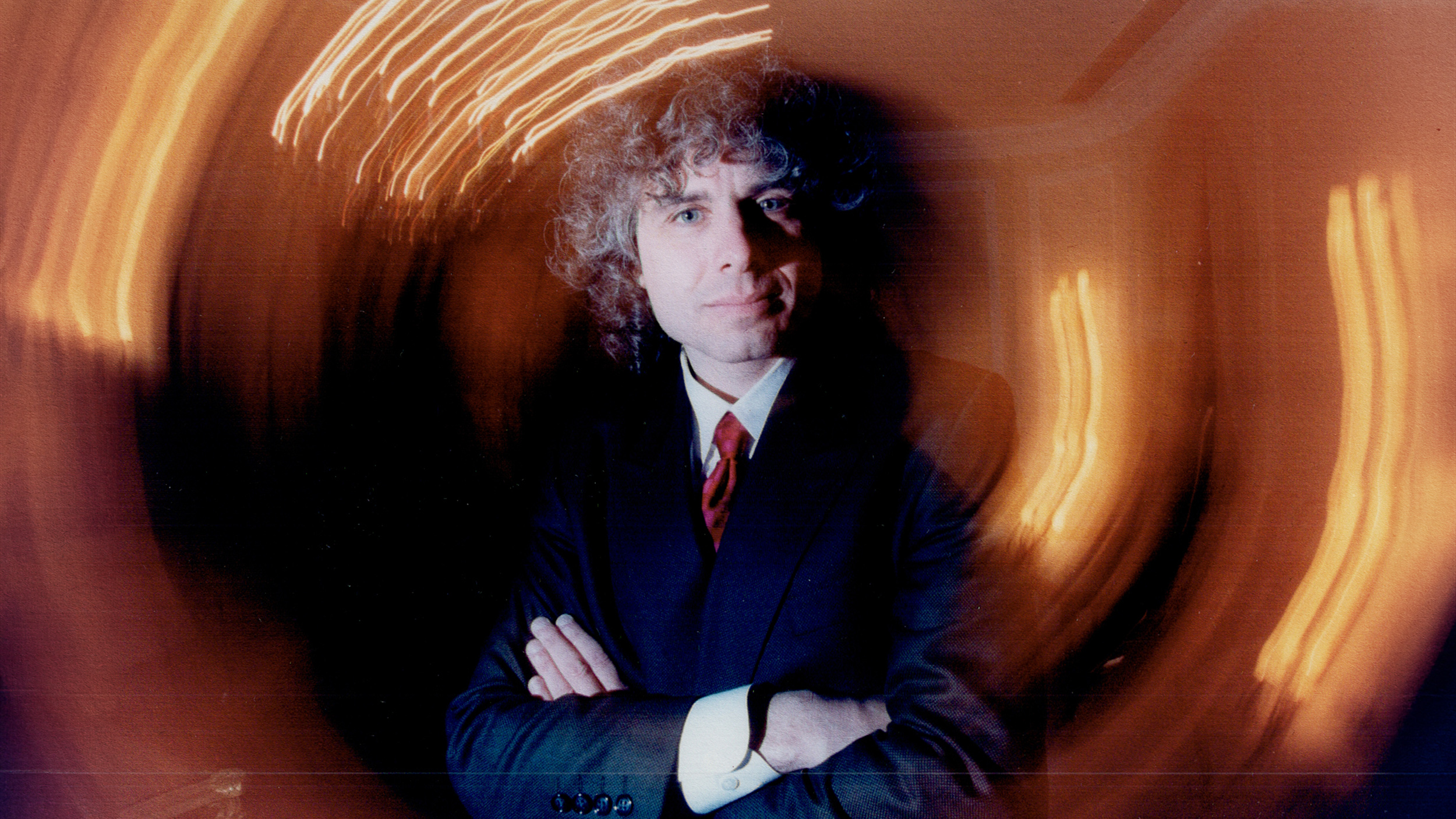How language and social status change the developing brain

- The brain requires sensory experiences to grow properly, such as exposure to language.
- Research shows that a child’s early environment and socioeconomic status (SES) impact their language development and processing skills.
- New research finds that higher levels of adult-child interaction and exposure to language were associated with increased myelin concentration in language-related white matter tracts.
Brain development is a highly complex process that is strongly influenced by the environment in which a child is raised, with the earliest years of life being especially important for the emergence of language and other cognitive abilities. The brain needs sensory experiences to grow properly, and the richness of a child’s surroundings is an important determinant of their neurodevelopmental trajectory.
It is thought that language develops quickly in the first five years of life, but is much harder to acquire after this “critical period.” Research shows that young children who are exposed to high quality language and more child-directed speech will have larger vocabularies and better language processing skills later on. These and other studies clearly show that a child’s early environment and socioeconomic status (SES) impact how their language skills develop over time. Yet, we still know very little about precisely how these factors influence brain development.
Brain matters
An international research team led by Laia Fibla, now at Concordia University in Québec, has just published in the Journal of Neuroscience the very first study of how language environment and SES impact the development of the brain’s white matter tracts during the earliest years of life. White matter tracts are neural pathways that connect distant brain regions so that they can exchange signals with one another. This long-range cross-talk is facilitated by myelin, a fatty substance that insulates individual nerve fibers within the pathways, so that the electrical signals they carry travel faster. Language processing typically engages a number of areas distributed throughout the brain, and so depends on the white matter tracts between them.
Fibla and her colleagues used magnetic resonance imaging (MRI) to measure myelin concentrations in white matter tracts associated with language processing in 163 children aged 6 and 30 months, and correlated these imaging data with demographic information such as parents’ level of education and annual household income, which they used to calculate SES scores for each family. They also measured the linguistic environment at home using a small recorder worn by the children for around 15 hours on each of three non-school days. The researchers analyzed the recordings with specialized software that estimated the number of words spoken by the child and nearby adults, and the number of conversations held between the children and the adults.
As expected, children in families with higher SES scores heard more adult words than those in families with lower scores. Analysis of the recordings also revealed that the rate at which the childrens’ speech increased was related to their mother’s level of education.
Additionally, the brain scans revealed a relationship between early language input and the concentration of myelin in two language-related white matter tracts, the arcuate fasciculus and the superior longitudinal fasciculus. The amount of adult-child interaction was positively correlated with the concentration of myelin in these tracts, with larger numbers of adult words heard being linked to higher quantities of myelin in the tracts at 30 months of age. A 2018 study in four- to six-year old children showed similar results.
Baby talk
From the evidence that is currently available, it is clear that talking to babies plays a substantial role in the development of language circuitry in their brains.





